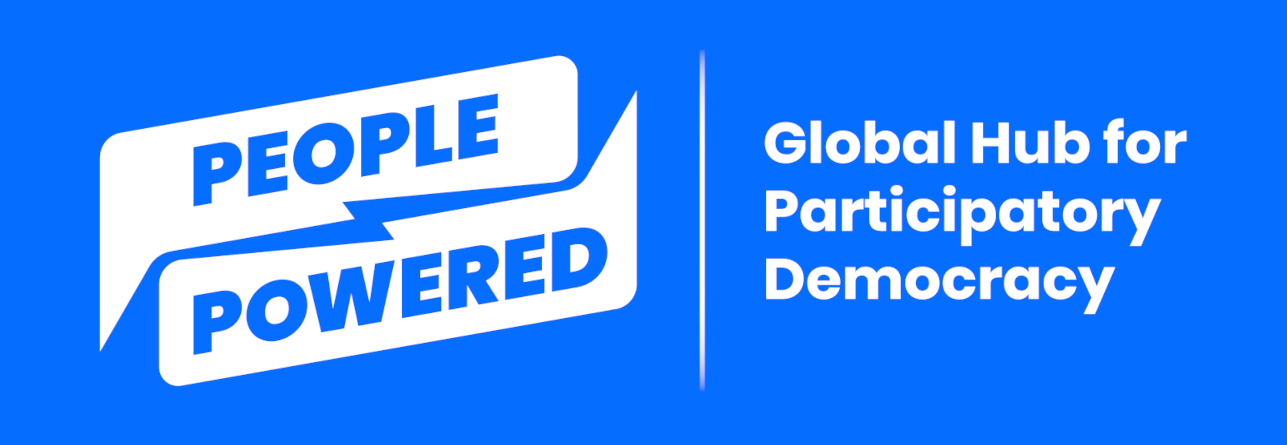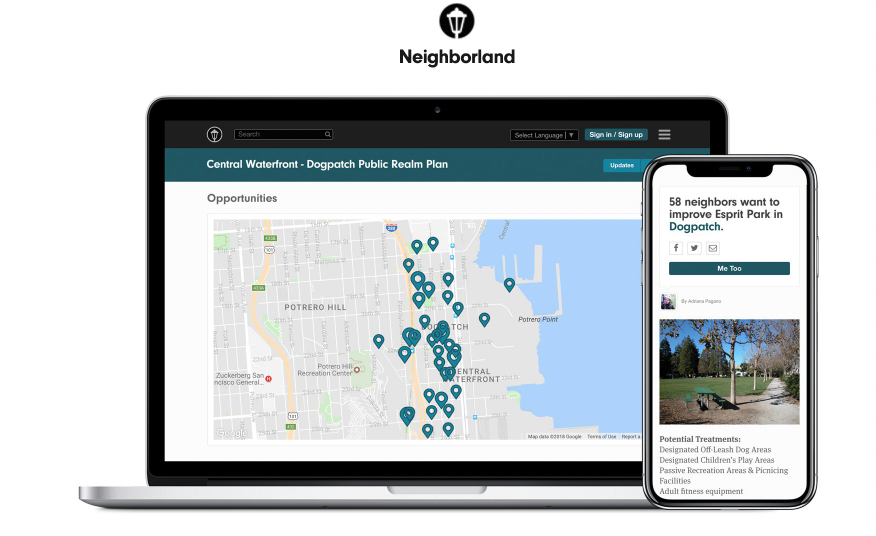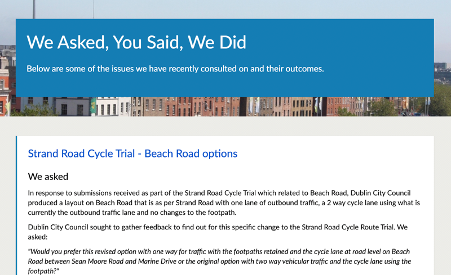Outreach and participation
/Outreach and participation
After a commitment to opening up decision-making, outreach and community-building are probably the most important factors in a successful participation process. Collaboration and voting features are meaningless if people don’t use them to engage their communities. As Colombina Schaeffer put it, "The core of the project was not the platform, but all of the work around it to secure participation." For this reason, we've compiled an Outreach and Engagement Methods Idea Bank in the appendix, and welcome your suggestions and contributions to expand this resource.
Your outreach needs to reflect people's existing social habits. "People don't easily form networks purely for the sake of participation," comments Margo Loor of CitizenOS. When digital participation works, it's because it has built upon pre-existing networks and connections.
Make it meaningful, but keep it simple
People are busy, and they can quickly sense a waste of their time. By connecting your digital participation project to real-world results, like public budgets or binding policy changes, you can demonstrate that it deserves their attention.
It will be easier to communicate a simple call to action than a complicated process. Make your call to action easy to understand and concise enough that it will fit on a postcard or flyer. Translate internal jargon or acronyms into conversational language so everyone can understand and participate.
Determine who you need to reach
As discussed in the “Commit to inclusion from the start” section, equitable representation is vital to the success of your program. For a variety of reasons, you will likely have a more difficult time reaching some communities. As you prepare your outreach strategy, it's worth paying special attention to how you'll reach and engage under-represented and marginalized groups who have traditionally been excluded. You may want to double up on outreach to these communities to improve representation on the platform.
Learn where people are…
Consider taking a design-thinking approach when assessing participants' information-seeking habits. Talk to them to understand where and how they learn about new things. This will help you determine how to reach people, whether it be by local radio, word of mouth, or WhatsApp groups. If a survey distributed via an existing chat group effectively reaches the people you want to target, you may not need a dedicated digital participation platform. The Participation Center in China developed its tool, the Community Support Fund E-Platform, as an applet for WeChat, a popular communications channel with over 1 billion users. PraekeIt.org builds tools to help semi-automate the process of conducting resident outreach via WhatsApp.
...and meet them there
Research shows that simply talking to people is a great way to engage them. This is the theory behind canvassing, in which volunteers or staff go door-to-door for real-time conversations. That's the philosophy behind New York City's Public Engagement Unit. This team, part of the city government, handles public outreach for a variety of municipal programs. Tactics include canvassing, phone banking, and SMS (text-messaging) outreach. The team helps boost public awareness and engagement for public policy goals like health care enrollment, voter registration, and COVID testing.
Social-currency models that use ambassadors and mentors to drive community engagement have achieved some success. Kenya's forthcoming Kijiji Yeetu platform incorporates an ambassador approach to outreach. The development team has found that to reach more marginalized groups, like women in rural areas, they need to meet them where they are. Thus, they recruited hundreds of local ambassadors through workshops, participants in previous projects, and nominations from the community. These ambassadors understand their communities and speak residents’ language, and thus can help educate others on the platform. They influence how people view the participatory process, improving the chance for transformational change.′′
In Warsaw, the Fundacja Pole Dialogu team took a similar approach to help participants develop ideas into proposals. Through an open recruitment process, and suggestions from district government offices, they recruited volunteer mentors who assist people as they think out their suggestions. This not only increased the organizing team's capacity and proposal pipeline, it also built relationships between participants.
Offline participatory budgeting processes are driven at least in part by the participation of stakeholders such as associations, businesses, religious communities, and non-governmental organizations. Don't forget these civil society groups in the migration to digital participation. For example, Fundacja Pole Dialogu found it very effective to partner with civically involved businesses to reach more people. The businesses, such as cafés, agreed to host participatory project discussions or other events. The organizing team created a map of the venues, aiding people in connecting with each other.
Once you understand how your desired participants get information and learn about things, you can establish an outreach strategy to drive traffic to your platform. People are unlikely to participate just because you have a platform, so leverage existing social groups. If you reach out to the leaders of relevant local groups, they might help promote your decision-making process.
Your outreach goals should be specific: "We'll attract x daily visitors, who will make y annual suggestions, by collaborating with local civil society organizations."
Outreach and marketing should be adapted as people begin to use the platform. For example, participant feedback submitted via Parti’s Demos X platform helped the organization create a guide to help its personnel deliver clear, consistent messaging to the public.
The Democracy Seoul Design Guide is used internally and with partners to communicate clear, consistent messaging to the public.
Bring the most interesting conversations off-platform to spark interest
To reach more people online, choose a specific target audience and then experiment with transitioning their conversation from the platform to other social media channels. This can create what is called a “bandwagon effect” and help generate participation by others.
You can research which social networks certain age groups or other demographics use, helping you reach new people. Digital marketing websites can help you optimize your content for those platforms.
Share your people-powered wins, early and often
People are often skeptical of government, sometimes for understandable reasons. And within your institution, you will encounter colleagues who are skeptical of engaging the public (or other external participants) in decision-making. People in positions of power within institutions have a tendency to treat online participation as a one-way channel for broadcasting policies or collecting votes. Your goal is to expand their imagination so you can implement a platform that facilitates true collaboration between a variety of stakeholders. Changing that mindset while managing the expectations of participants is a very gradual process. For these reasons, it's vital to show the link between participation and results.
In your communications, you can highlight and promote the real, positive changes possible with broad participation. The SeeClickFix app, for example, prominently displays the number of resident-submitted issues a city has resolved. The Delib platform has a "We Asked, You Said, We Did" page that concisely summarizes the results of public consultations. The "We Did" section links to specific, concrete changes made because of people's involvement.
We Asked, You Said, We Did screenshot
Showing results is especially important early on in your participatory process, when people are deciding whether to invest their time and energy. By quickly implementing a working feedback loop between public input and your institution's responsiveness, you show the community that the process is real and works. Even if you must explain why an idea can't be implemented, you demonstrate responsiveness. See if you can implement any quick-win solutions, since that will demonstrate the link between participants' engagement and change.
The implementation and communication phases are very important factors that determine people's future participation. If they feel listened to, they will be more likely to participate in the future.
Next: User support
Previous: Iterative development








